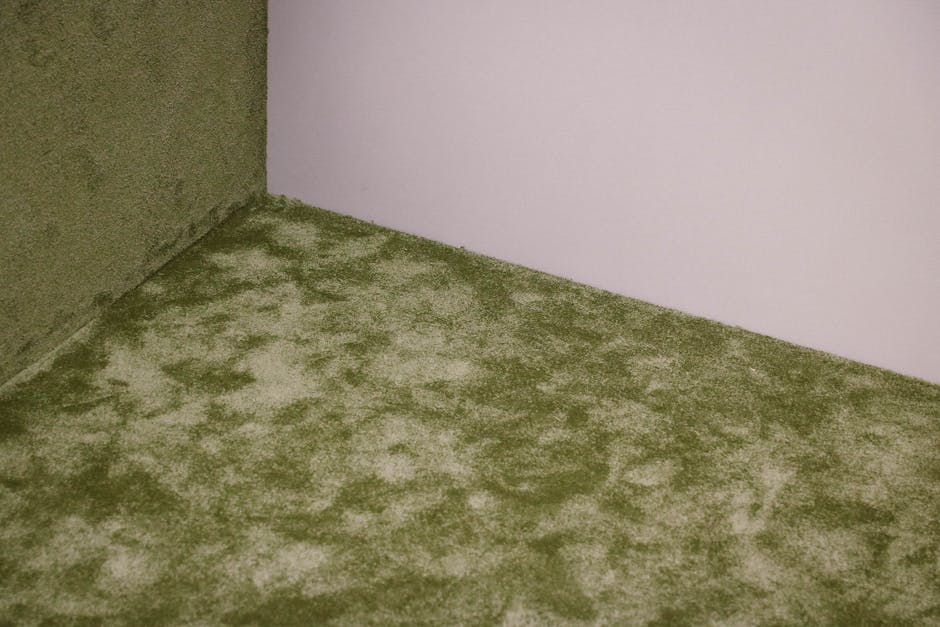Subtle Drama: How to Introduce Contrast in a Clean Modern Minimalist Interior
Introduction
Modern minimalist interiors, known for their clean lines, uncluttered spaces, and serene atmosphere, can sometimes feel… well, a little too serene. While the goal is simplicity, a lack of contrast can lead to a flat and uninspiring space. The key is to introduce drama subtly, adding visual interest without disrupting the overall minimalist aesthetic. This article explores how to inject that much-needed contrast into your clean, modern space, transforming it from bland to beautifully balanced.
Mastering Subtle Contrast in Minimalist Design
Contrast doesn’t mean throwing in jarring colors or ornate furniture. It’s about carefully curating elements that subtly deviate from the prevailing aesthetic, creating depth and visual intrigue.
Playing with Texture
One of the most effective ways to introduce contrast is through texture. This is particularly important when sticking to a neutral color palette.
- Juxtapose Smooth and Rough: Imagine a sleek, polished concrete floor paired with a chunky knit throw blanket. The juxtaposition of the smooth, cold concrete against the soft, textured blanket instantly adds depth.
- Natural vs. Synthetic: Combine a natural wood coffee table with a smooth, lacquered cabinet. The contrast between the organic grain of the wood and the manufactured finish of the cabinet creates visual interest.
- Introduce Tactile Elements: Think about woven rugs, linen curtains, or even a piece of artwork with a heavily textured surface.
The Power of Color (Sparingly)
Minimalism doesn’t mean completely devoid of color, but color should be used intentionally and sparingly to create impactful contrast.
- Accent Colors: Choose one or two accent colors that complement your neutral base. Think a pop of deep blue against a backdrop of grays, or warm ochre against cool whites.
- Monochromatic Variations: Explore different shades and tones of the same color. For example, using light gray walls with darker gray upholstery can create a subtle yet effective contrast.
- Black and White (Always a Classic): The simplest and most dramatic color contrast is black and white. Consider a black accent wall or black framed artwork against a white wall.
Shape and Form: Breaking the Straight Lines
Minimalist interiors often feature linear shapes. Introducing contrasting forms can soften the space and add visual appeal.
- Curved Furniture: A rounded sofa or armchair can provide a welcome contrast to the sharp angles of a room.
- Organic Shapes: Incorporate natural elements like plants or a piece of driftwood to introduce organic forms.
- Geometric Play: Use geometric patterns in rugs, artwork, or cushions to create visual interest and break up the monotony of solid colors and straight lines.
Scale and Proportion: Creating Visual Interest
Varying the scale of objects within a room can create a sense of dynamism and prevent the space from feeling static.
- Oversized Art: A large-scale piece of artwork can become a focal point and create a dramatic contrast against a minimalist backdrop.
- Mixing Furniture Heights: Combine low-slung seating with taller lamps or shelving units to create visual hierarchy.
- Strategic Empty Space: Don’t overcrowd the space. Allowing for negative space around furniture and objects can actually enhance their impact.
Conclusion
Introducing subtle drama into a clean, modern minimalist interior is all about balance. By carefully considering texture, color, shape, and scale, you can create a space that is both serene and visually stimulating. Remember to prioritize quality over quantity and to choose pieces that speak to your personal style. The goal is to create a home that is both beautiful and functional, reflecting your individual aesthetic without sacrificing the core principles of minimalist design. By employing these techniques, you can achieve a sophisticated and inviting minimalist space that is far from boring.














Post Comment